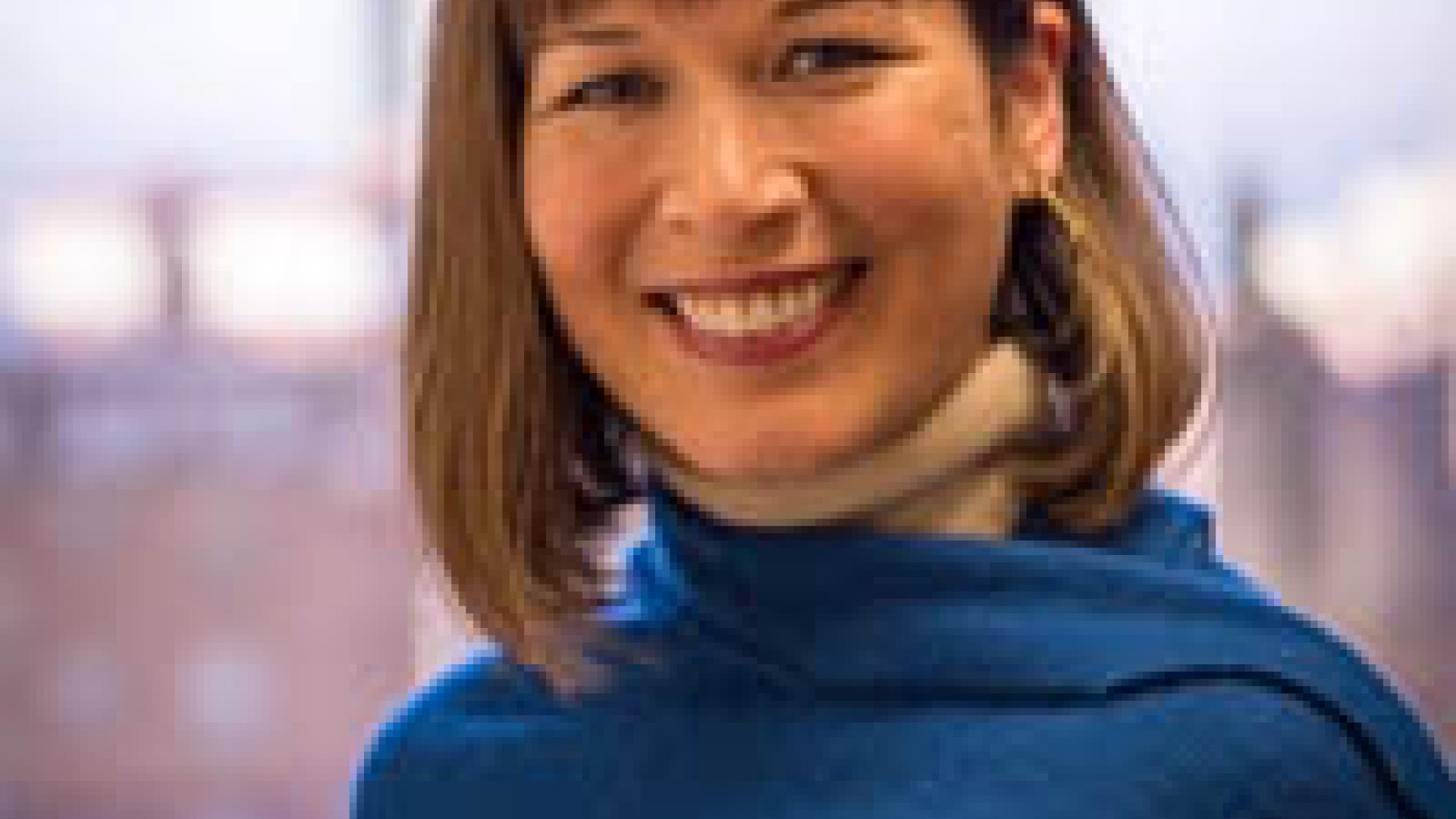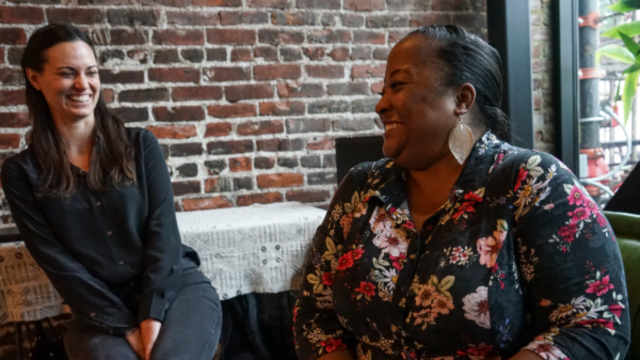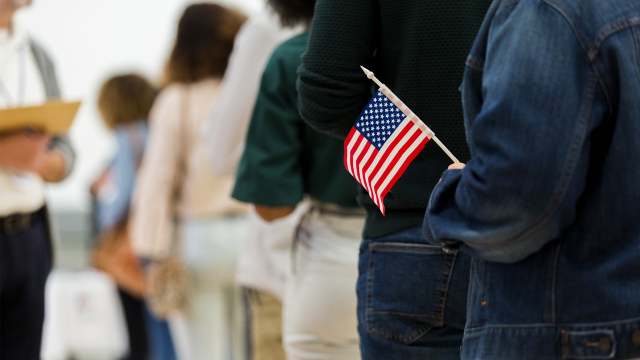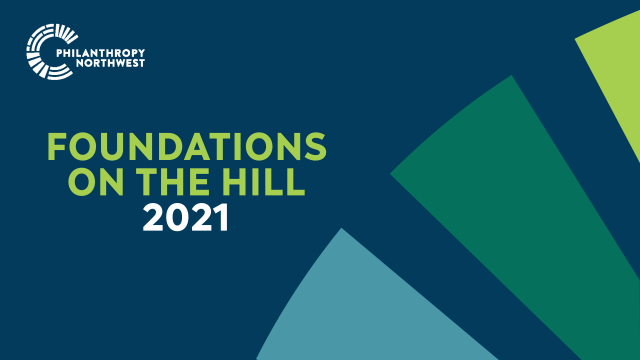
Ann Saxton, Vice President
What happens when government and philanthropy intersect to create impact? I joined hundreds of executives from foundations and philanthropy networks around the country to explore this topic at the USC Center on Philanthropy & Public Policy’s 2016 National Leadership Forum, focused on Philanthropy & Government: Public Problem Solving at the Intersection. For two days, leaders shared lessons learned from efforts working across philanthropy, government and business, as well as strategies for building community capacity and increasing the impact of philanthropy.
Both days were saturated with valuable insights and ideas to improve effectiveness, with two key themes:
- The importance of leveraging government funding in our communities.
- Philanthropy’s unique ability to use its capital — financial and influence — to take risks, forge partnerships, explore innovative strategies and advocate for our communities.
In the philanthropic sector, we have the gift of being able to fully express our values to an extent that the public and private sectors cannot. Yet this is an area — using our institutional brand and influence to advocate for our mission — in which leaders at this forum agreed that philanthropy often dangerously underspends. Rather, as Robert K. Ross, California Endowment president and CEO, put it, "philanthropy often vigorously works to protect its brand and doesn’t spend it enough."
While philanthropy has long seen its role in supporting communities as complementary to government, direct coordination and collaboration with government is not a widespread practice. But the fruits of effective collaboration can create dramatic, lasting positive impact that each sector cannot achieve on their own.
The Power of Cross-Sector Collaboration
In the opening plenary, Rip Rapson, Kresge Foundation president and CEO, shared his organization's critical role in the Detroit’s economic recovery, including supporting and building capacity of a decimated municipal government and investing in numerous community-building initiatives. Then Robert Ross explained how his foundation's unprecedented support, including a $350 million commitment over several years, helped implement the Affordable Care Act across the state — work they leveraged to support communities falling outside of ACA: California’s undocumented immigrant population.
What did these initiatives have in common? In both cases, these organizations recognized that philanthropy can’t replace government, nor can government replace philanthropy — but philanthropy has an important role to play in helping government address structural inequality. They also realized that, as Anthony Iton, also from the California Endowment later put it, “philanthropy has a bag of nickels when compared to government." He went on to share that in the case of the California Endowment, for every dollar they spend on youth development, the government spends $10, and on average for every dollar philanthropy spends, only one penny goes to leveraging government.
Philanthropy needs to find ways to leverage government funds — and government needs to be part of the solution.
Both Kresge Foundation and the California Endowment took a step back to assess the tools they possessed to meaningfully engage with the public and private sectors, bending the traditional philanthropic arc to figure out how they could all work together. They realized that how they worked was as important as what they worked on, and this caused them to change their behavior. By partnering with and advancing effective government — by deploying their brand, influence and relationship capital, greater agility and ability to handle risk — they could do more for their communities than by working alone. They had to “be in the fight” rather than “cut the check and get out of the way,” as Robert Ross put it.
Was it easy? No. Both foundations quickly understood that ultimately, the right solution for community prosperity would involve a fairly intricate dance across sectors — and for Detroit's level of community crisis, across disciplines — but they knew they were doing profoundly important and lasting work. Both executives conveyed the importance of goal clarity, decisive leadership, transparency, and having both an “inside and an outside game," meaning using both advocacy and direct relationships to make inroads. The results of their efforts are dramatic: by effectively partnering and collaborating with government, they proved philanthropy can move from helping individuals and communities make it through odds, to actually changing the odds.
Continuing the Conversation
I was captivated, energized and hopeful when hearing these experiences, wisdom and lessons learned. I could not wait to share them in the hope of inspiring more philanthropy-government collaborations in the future. While the examples here are large in scale, this is work that can be done anywhere, from grassroots to the highest levels. It starts by forming a relationship and building understanding. One way to do this is by joining us at Foundations on the Hill in April, the annual convening of philanthropy professionals in Washington, D.C. to connect and build relationships with lawmakers and other government officials. We hope to see you there!
At Philanthropy Northwest, we are committed to convening conversations with funders, policymakers and community leaders. Our public policy work ranges from creating and curating resources to connecting funders with local, state and national representatives. Remy Trupin, our Catalyst Fellow focused on advocacy, has begun contributing to our blog and video channels.
Join us for these upcoming programs related to advocacy and public policy:
- Our Roles in State Budget Debates, March 15, Webinar
- Foundations on the Hill, April 12-13, Washington, D.C.
- Nonpartisan Election-Related Activities: Roles for Nonprofits and Foundations, April 26, Webinar
- Threats to Tax Exemptions, May 24, Webinar
Ann Saxton is vice president at Philanthropy Northwest.



